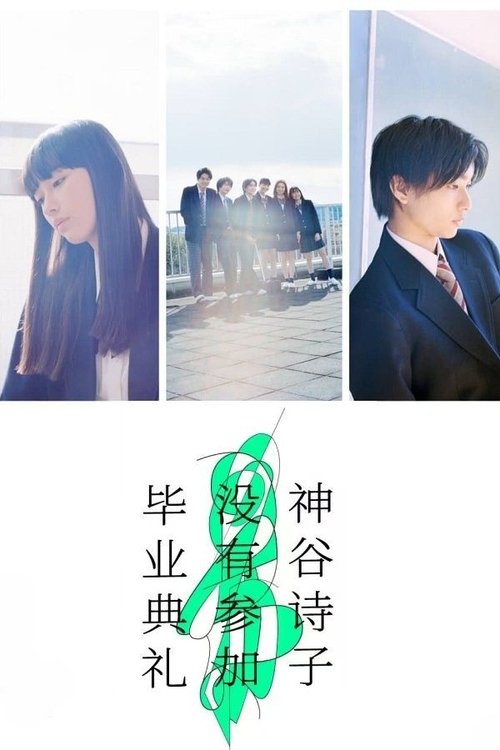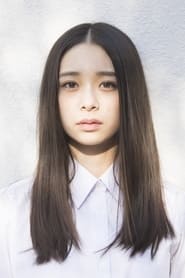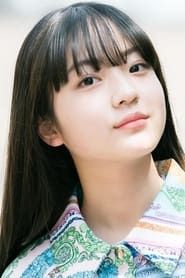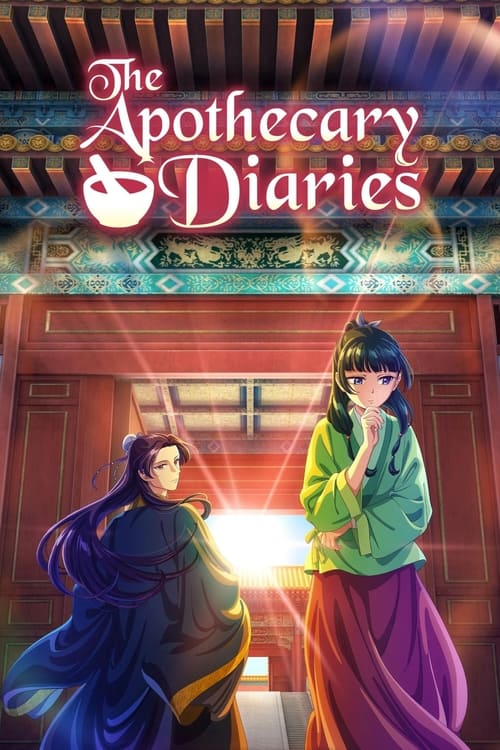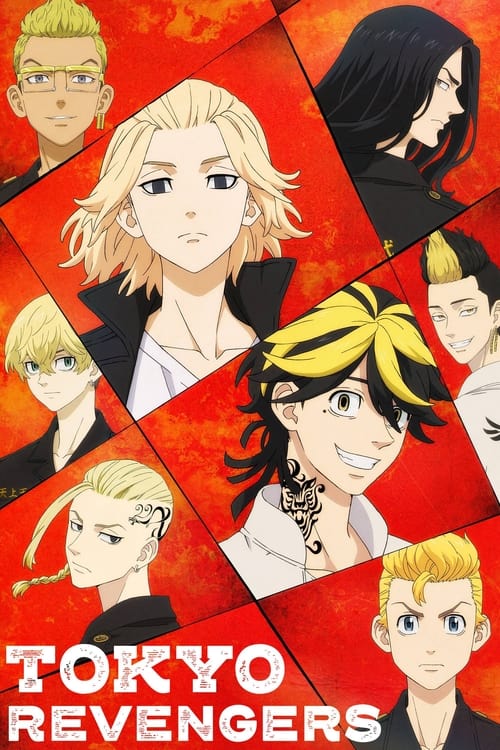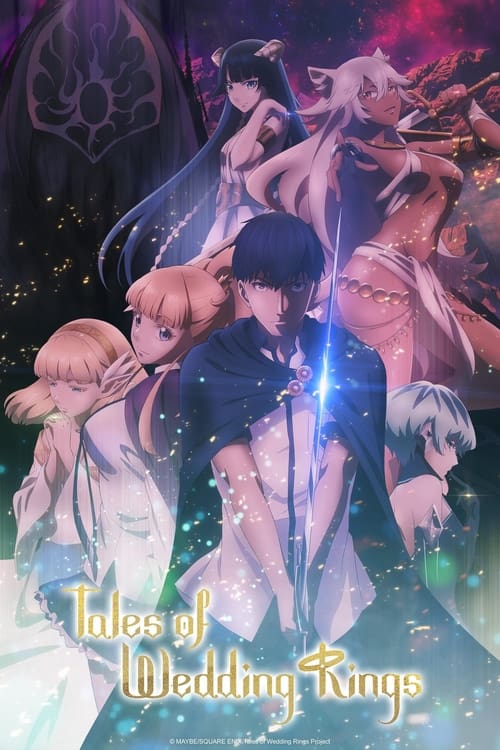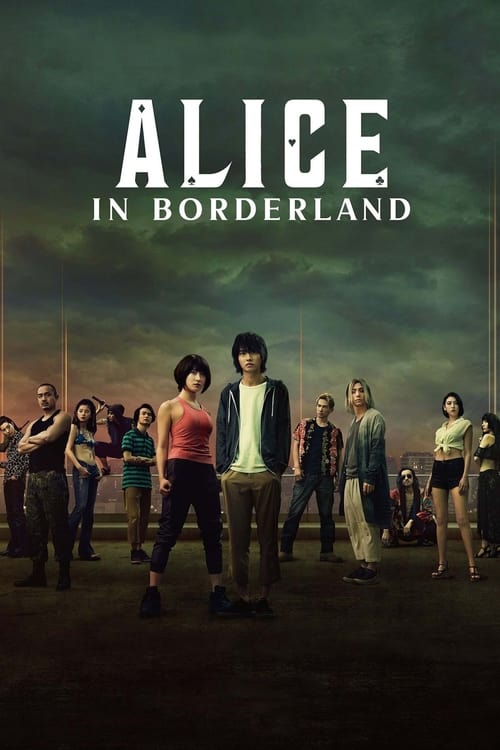
Ask Your Own Question
What is the plot?
The story begins with the protagonist, Kamiya Utako, a high school student who is filled with a mix of excitement and anxiety as graduation day approaches. She is seen in her room, surrounded by graduation memorabilia, reflecting on her time at school. Her internal monologue reveals her deep-seated fears about the future and her desire to make meaningful connections before leaving.
As graduation day arrives, Utako's friends gather at her house to prepare for the ceremony. They are lively and cheerful, discussing their plans for the future and reminiscing about their school days. Utako, however, feels a sense of detachment, struggling to express her true feelings. She puts on a brave face but internally battles with her insecurities and the fear of being forgotten.
During the ceremony, the atmosphere is celebratory, with students dressed in caps and gowns. Utako's friends are excitedly taking photos and sharing laughs. However, Utako feels increasingly isolated as she watches her peers celebrate their achievements. When her name is called to receive her diploma, she hesitates, feeling a wave of anxiety wash over her. Ultimately, she walks across the stage, but her smile feels forced, and she quickly returns to her seat, overwhelmed by the moment.
After the ceremony, Utako's friends invite her to join them for a celebratory dinner. She initially agrees but then feels a sudden urge to escape the situation. As her friends are busy making plans, Utako quietly slips away, leaving them behind. This decision marks a pivotal moment in her character arc, showcasing her struggle with social anxiety and her desire for solitude.
Utako wanders through the empty school hallways, reminiscing about her experiences and the friendships she has formed. She encounters various mementos from her school life, such as old photographs and trophies, which evoke a mix of nostalgia and sadness. This moment of reflection deepens her internal conflict as she grapples with the idea of moving on and leaving her past behind.
Later, Utako finds herself at a nearby park, where she sits alone on a bench. She observes other graduates celebrating with their families and friends, feeling a sense of longing for the connections she has missed out on. As she watches, she begins to cry, overwhelmed by feelings of loneliness and regret. This emotional breakdown highlights her internal struggle and the weight of her decisions.
In a moment of clarity, Utako decides to reach out to her friends. She sends a heartfelt message expressing her feelings and apologizing for leaving the graduation celebration. Her friends respond with understanding and concern, encouraging her to join them. This exchange marks a turning point for Utako, as she begins to confront her fears and the importance of her relationships.
The story culminates in Utako rejoining her friends at the dinner. As she arrives, she is met with warm welcomes and open arms. The atmosphere is filled with laughter and joy, and Utako slowly starts to feel a sense of belonging. She shares her feelings with her friends, who reassure her that they will always be there for her, no matter where life takes them.
The season concludes with Utako feeling a renewed sense of hope and connection. She realizes that while the future is uncertain, she is not alone. The final scene shows her smiling genuinely for the first time, surrounded by her friends, as they toast to their futures together. This moment encapsulates her journey of self-discovery and the importance of friendship in overcoming personal struggles.
What is the ending?
In the ending of "Kamiya Utako Is Not at the Graduation Ceremony," the story culminates with Utako's emotional confrontation with her feelings about her absence from the graduation ceremony. She ultimately finds closure and acceptance, leading to a poignant moment of self-discovery and reconciliation with her friends.
As the final episode unfolds, we see Utako standing alone in a quiet park, reflecting on her journey. The camera captures her somber expression, revealing the weight of her choices and the friendships she has navigated throughout the series. She recalls moments with her classmates, particularly her close friends, and the significance of their shared experiences.
In a series of flashbacks, we witness Utako's struggles with her identity and the pressure she felt to conform to expectations. These memories are interspersed with scenes of her friends, who are also grappling with their own paths and the bittersweet nature of graduation. The emotional weight of these recollections builds as Utako realizes that her absence from the ceremony does not define her worth or her relationships.
The climax occurs when Utako decides to reach out to her friends, leading to a heartfelt reunion. They gather in the park, where they share their feelings about the graduation and the future. Each character expresses their hopes and fears, creating a moment of vulnerability and connection. Utako's friends reassure her that they value her presence in their lives, regardless of the ceremony.
As the episode concludes, the group embraces, symbolizing their bond and the understanding that their friendship transcends traditional milestones. The final scene shows Utako smiling for the first time, a sign of her acceptance and newfound confidence. The camera pans out, capturing the group together, united in their journey forward.
In summary, the ending emphasizes themes of friendship, self-acceptance, and the importance of personal journeys over societal expectations. Each character finds a sense of closure, with Utako emerging as a more self-assured individual, ready to face the future alongside her friends.
Is there a post-credit scene?
In "Kamiya Utako Is Not at the Graduation Ceremony," there is indeed a post-credit scene that adds a poignant touch to the series.
As the credits roll, the screen fades back in to a quiet, sunlit park where the cherry blossoms are in full bloom. The gentle rustling of the petals creates a serene atmosphere. The camera pans slowly to reveal Kamiya Utako sitting on a bench, her expression contemplative. She is dressed in her school uniform, but there's a subtle change in her demeanor; she appears more mature, reflecting on her journey.
In this moment, Utako pulls out her phone and scrolls through photos from her time at school, her fingers lingering on images of her friends and the memories they shared. A soft smile breaks through her initial somberness, but it quickly fades as she gazes at a particular photo of her classmates at the graduation ceremony, where she was notably absent.
The scene shifts slightly as a figure approaches her from behind. It's her friend, who sits down beside her. There's a moment of silence, filled with unspoken understanding. Utako turns to her friend, and they share a heartfelt conversation about the future, dreams, and the importance of moving forward despite the past.
The camera captures the warmth of their friendship, emphasizing the emotional weight of their words. As they talk, the cherry blossoms begin to fall around them, symbolizing both the end of one chapter and the beginning of another. The scene closes with a wide shot of the two friends laughing together, the petals swirling in the air, leaving viewers with a sense of hope and renewal.
This post-credit scene encapsulates the themes of growth and resilience that permeate the series, providing a reflective conclusion to Utako's journey.
What motivates Kamiya Utako to skip her graduation ceremony?
Kamiya Utako's decision to skip her graduation ceremony is deeply rooted in her feelings of inadequacy and her struggle with self-acceptance. Throughout the series, she grapples with the pressure of expectations from her peers and family, feeling that she has not achieved enough to celebrate. This internal conflict drives her to avoid the ceremony, as she believes she does not deserve the recognition that comes with it.
How does Utako's relationship with her friends evolve throughout the series?
Utako's relationship with her friends is central to the narrative. Initially, she feels isolated and disconnected, believing that her friends have moved on without her. However, as the series progresses, moments of vulnerability and shared experiences allow her to reconnect with them. The emotional scenes where they confront their own fears and insecurities together highlight the importance of friendship and support, ultimately leading to a deeper bond.
What role does the character of Saito play in Utako's journey?
Saito serves as a pivotal character in Utako's journey, acting as both a confidant and a catalyst for her growth. His unwavering support and understanding help Utako confront her fears. Through their interactions, Saito encourages her to reflect on her self-worth and the value of her achievements, pushing her to reconsider her decision to skip the graduation ceremony.
How does the setting of the graduation ceremony impact the characters' emotions?
The setting of the graduation ceremony is charged with emotion, serving as a backdrop for the characters' reflections on their past and future. The vibrant decorations and celebratory atmosphere contrast sharply with Utako's internal turmoil. As her friends celebrate their achievements, the setting amplifies Utako's feelings of isolation and regret, making her eventual decision to confront her fears all the more poignant.
What are the key events that lead to Utako's realization about her self-worth?
Key events that lead to Utako's realization about her self-worth include a series of flashbacks that reveal her past struggles and moments of triumph. Additionally, a confrontation with a former classmate who embodies the success Utako feels she lacks forces her to reevaluate her own accomplishments. These moments, combined with heartfelt conversations with her friends, culminate in a powerful realization that her worth is not solely defined by societal standards.
Is this family friendly?
"Kamiya Utako Is Not at the Graduation Ceremony" is generally considered family-friendly, but it does contain some themes and scenes that may be sensitive for children or more sensitive viewers.
-
Emotional Struggles: The show delves into themes of anxiety, loneliness, and the pressure of expectations, which may resonate deeply with some viewers, potentially evoking feelings of sadness or discomfort.
-
Social Isolation: The protagonist experiences moments of social isolation and feelings of being left out, which could be upsetting for younger viewers who may relate to these experiences.
-
Conflict and Misunderstandings: There are scenes of conflict between characters that may involve misunderstandings or emotional confrontations, which could be intense for some audiences.
-
Themes of Abandonment: The narrative explores feelings of abandonment and disappointment, particularly regarding family and friends, which might be distressing for sensitive viewers.
-
Depictions of Stress: The pressure surrounding graduation and the expectations placed on students can be portrayed in a way that highlights stress and anxiety, which may not be suitable for all children.
Overall, while the show is not overtly objectionable, its emotional depth and exploration of sensitive themes may require parental guidance for younger viewers.

